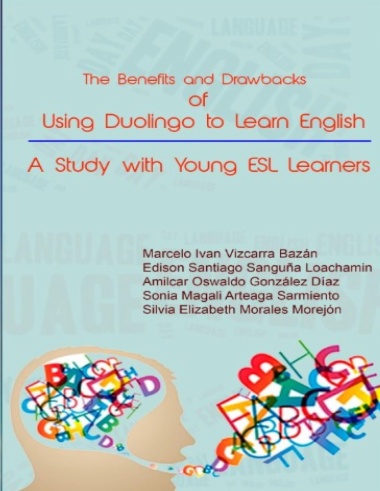

This project explores the benefits and drawbacks young learners experience when using the app Duolingo to learn English. Data collected from young people themselves as well as the opinion of two teachers in the field have been taken into account in order to weigh up this language learning tool and its suitability for this specific group of learners. A survey was carried out at Universidad Central del Ecuador, during which young learners, boys and girls aged 17 – 20, completed a questionnaire on their experience using Duolingo. These opinions were later analyzed statistically in order to reach conclusions about the effectiveness of the Duolingo application. Interviews with two teachers with extensive experience of MALL and CALL were also carried out, and their opinions were used to inform recommendations towards the use of the Duolingo application in an ESL classroom. This study found that Duolingo helps students to improve their level of English, mostly in reading and writing skills and experts recommend that this application be used in conjunction with face-to-face teaching where other skills are also being developed.